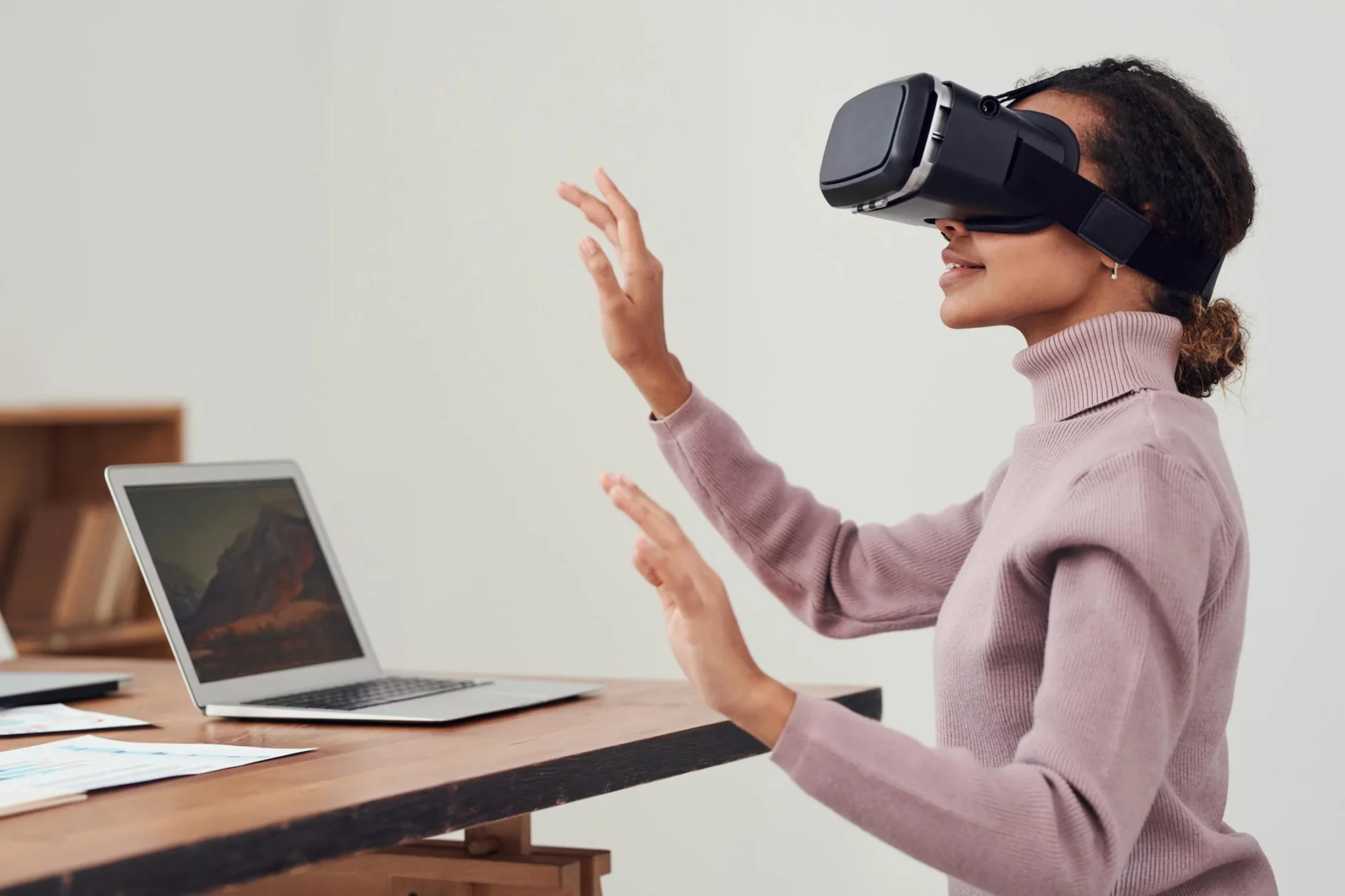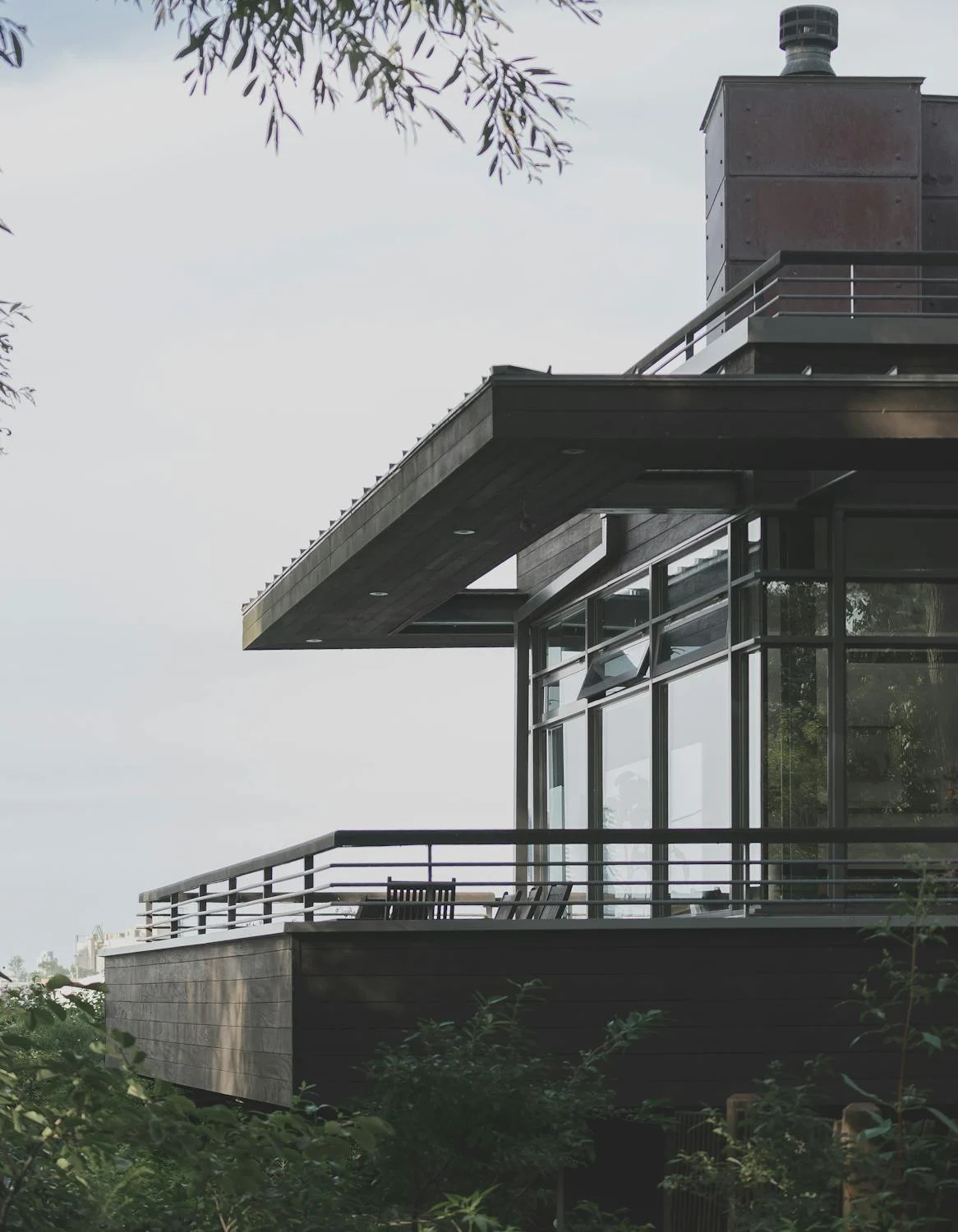Technology has become an undeniable force in shaping modern life, extending its reach far beyond smartphones and electric vehicles. The homebuilding industry has been profoundly influenced by advances that were once confined to science fiction. From intelligent climate control to 3D-printed walls, homes are now being imagined and built in ways that align with a new era of efficiency, personalization, and precision. For those seeking spaces tailored to their lifestyles, the rise of tech-driven construction is rewriting the rules of design, labor, and functionality. This transformation is reshaping expectations—not just for what a house should look like, but for how it should perform.
Custom Homes Reimagined Through Technology
The desire for a home that reflects personal taste and practical needs continues to drive demand for customized design. But today’s custom home is far more than a floor plan tailored by an architect. It is a blueprint infused with digital intelligence from foundation to rooftop. With tools like Building Information Modeling (BIM) and augmented reality, clients and builders can visualize spaces before a shovel touches soil, refining decisions in real-time. When speaking about luxury custom homes, expectations now include voice-activated systems, discreet automation, and eco-conscious building materials sourced through AI-driven supply chains. This shift is not just about aesthetics or comfort—it’s about aligning every inch of a home with the lifestyle, values, and long-term goals of those who live in it. As a result, the line between architect, technologist, and homeowner is becoming increasingly collaborative.
Smart Home Integration from the Ground Up
A few years ago, smart devices were often retrofitted into existing homes. Today, the integration begins at the design stage. Wiring, sensor placement, and system compatibility are all mapped before construction even begins. This approach allows for seamless operation of lighting, security, climate, and entertainment systems.
Homes now communicate with their occupants. A thermostat learns preferences and adjusts automatically. Blinds lower based on sunlight exposure. Refrigerators keep track of food freshness. It’s not just convenience—it’s about responsiveness. Technology makes the home feel attentive, responsive to needs that shift daily, even hourly. What once seemed extravagant has become expected by a growing segment of homeowners.
Sustainable Building Through Data and Precision
Green building has moved beyond solar panels on rooftops. With advanced analytics, builders can assess environmental impact before any materials are ordered. Data informs every step—from sourcing wood certified by responsible forestry practices to choosing insulation that reduces energy costs without compromising indoor air quality.
Sensors embedded within walls and foundations now monitor moisture levels, air quality, and structural shifts. These data points aren’t just reactive—they help prevent costly repairs and protect long-term value. Precision in planning reduces waste during construction, saving money and cutting environmental tolls. Smart irrigation systems conserve water without sacrificing landscape design, adjusting in real-time based on weather patterns.
3D Printing and the Shift in Construction Methods
Technology is not just changing what homes do—it’s changing how they are built. 3D printing is making inroads into residential construction, offering speed, precision, and cost reduction. Layers of specialized concrete are printed to form walls, sometimes in a matter of hours. This process limits human error and drastically shortens timelines.
While still emerging, these techniques are being tested in luxury and affordable housing alike. Early adopters have reported significant savings in material costs and improved consistency in structure. Combined with modular construction—where components are fabricated off-site and assembled like building blocks—this method could redefine how quickly and reliably homes come together.
Virtual Reality and the Buying Experience

Choosing a home is one of life’s most significant decisions, and technology is reshaping that journey. Virtual reality (VR) lets potential buyers or owners walk through a house before it’s built. This immersive experience makes design choices clearer. It’s one thing to look at floor plans or renderings. It’s another to “stand” in a kitchen, noticing how light falls through a window or how a space flows from one room to the next.
This level of visualization helps builders reduce change orders and miscommunications, which traditionally add cost and delay. Clients can make confident decisions earlier in the process, from cabinet finishes to wall placements. VR can even simulate different times of day, giving a fuller picture of a home’s feel without ever stepping foot inside.
Technology has quietly but decisively become the architect behind modern homebuilding. The integration of smart systems, sustainable practices, and advanced construction methods reflects not only changing capabilities but changing expectations. Homeowners are no longer content with walls and a roof—they seek spaces that think, respond, and adapt. As innovation continues to shape this field, what once seemed like luxury is rapidly becoming the new standard. The influence of technology on how we build—and how we live—is only just beginning.





























